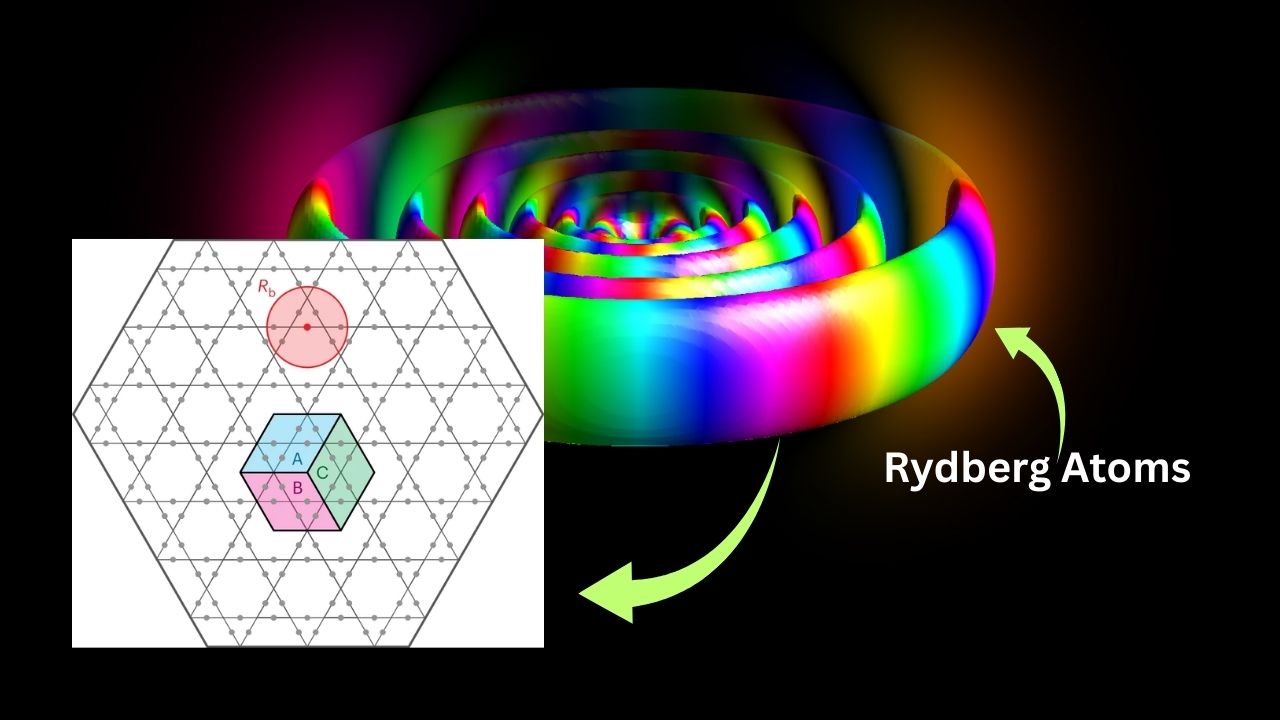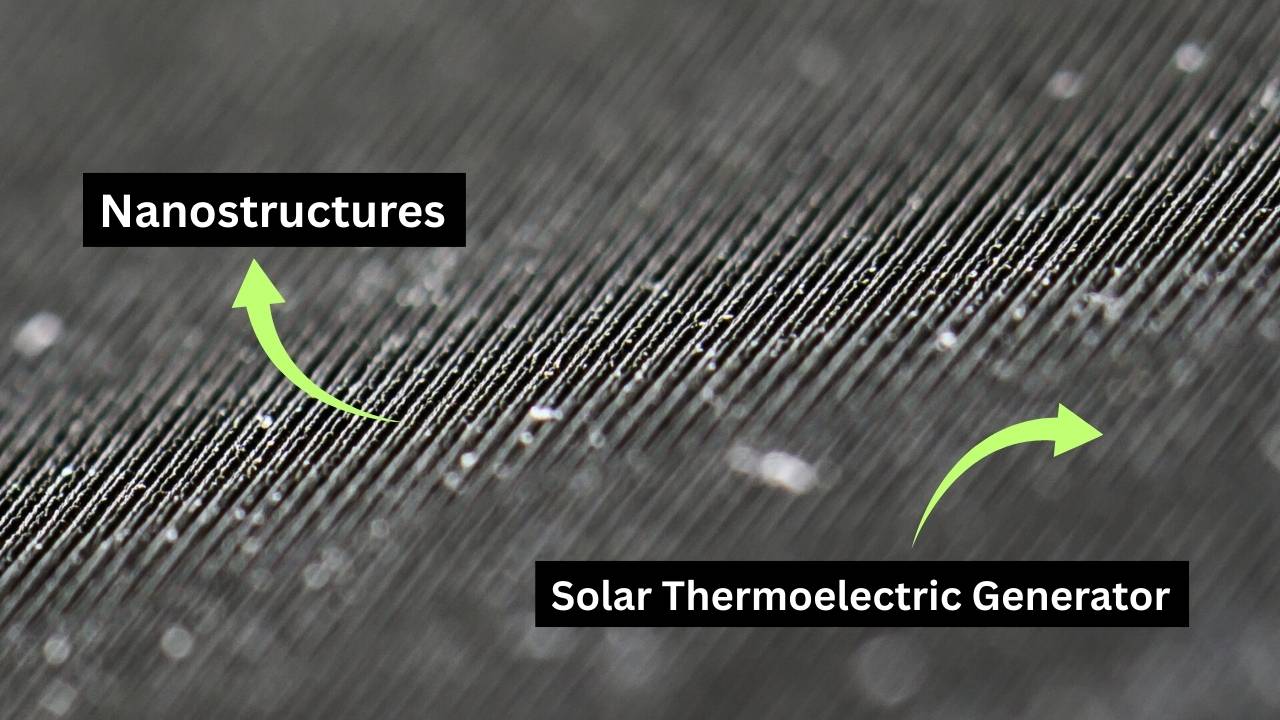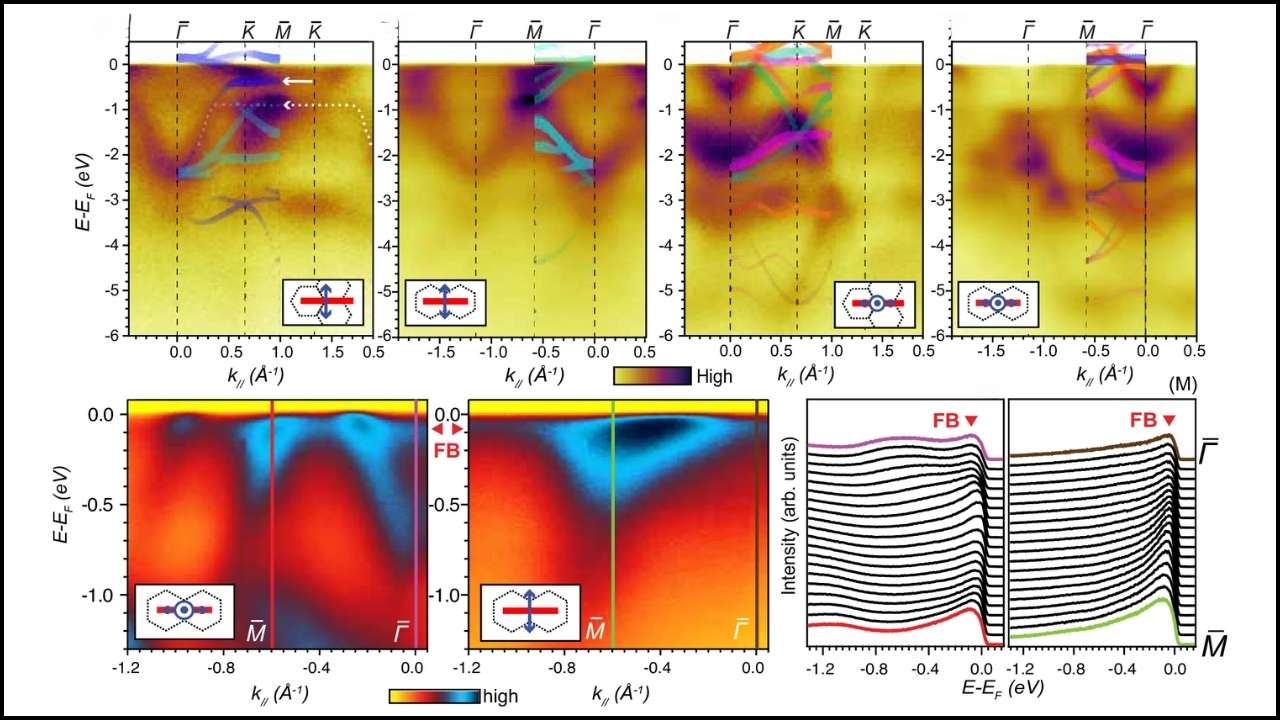Quantum computing has long been viewed as the next big revolution in technology. But one major challenge has kept it from becoming truly practical: storing fragile quantum information long enough to be useful. A new breakthrough from researchers at Caltech suggests that the solution may come from an unlikely source—sound waves.

In a recent study, scientists demonstrated that converting quantum information into phonons—the quantum version of sound waves—can dramatically extend how long information survives inside a quantum system. This could bring us closer to building scalable, reliable, and practical quantum computers.
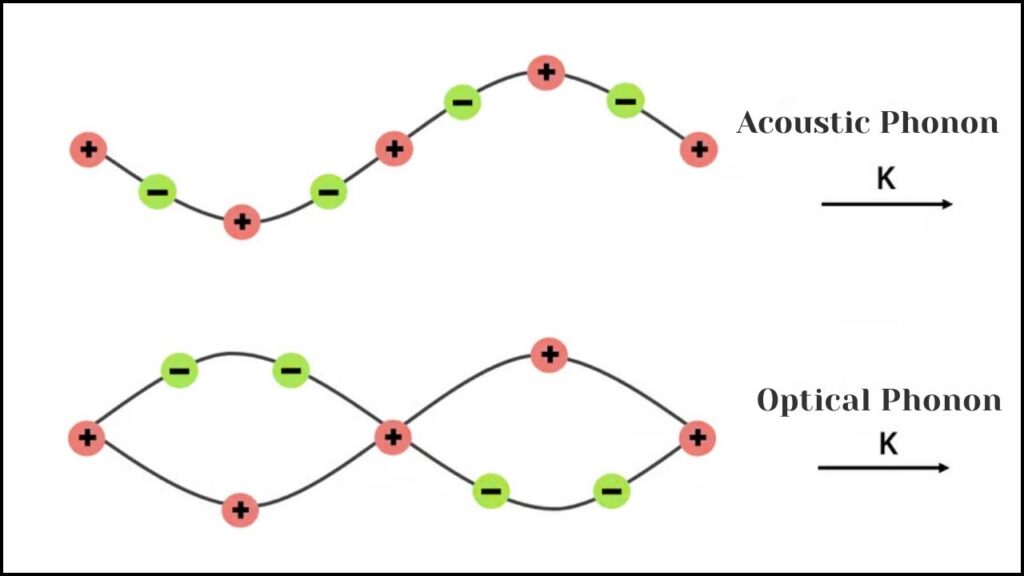
Sound Waves May Hold the Key to Practical Quantum Computers
| Aspect | Details |
|---|---|
| Breakthrough | Caltech researchers stored quantum information as sound waves (phonons) |
| Longevity | Quantum states lasted up to 30x longer than in traditional superconducting qubits |
| Scalability | Devices can be compact since sound waves move slower and don’t radiate into free space |
| Future Potential | Needs 3–10x faster transfer rates for large-scale use |
| Official Reference | Caltech – Using Sound to Remember Quantum Information |
The idea that sound waves may hold the key to practical quantum computers highlights how unexpected solutions can drive technological revolutions. By extending the lifetime of quantum information up to 30 times, Caltech’s breakthrough shows that phonons could solve one of the biggest hurdles in quantum computing. While challenges remain, this research opens an exciting path toward scalable, reliable, and powerful quantum systems.
Understanding the Challenge in Quantum Computing
To grasp why this breakthrough matters, let’s start with the basics. A quantum computer uses qubits instead of regular bits (0s and 1s).
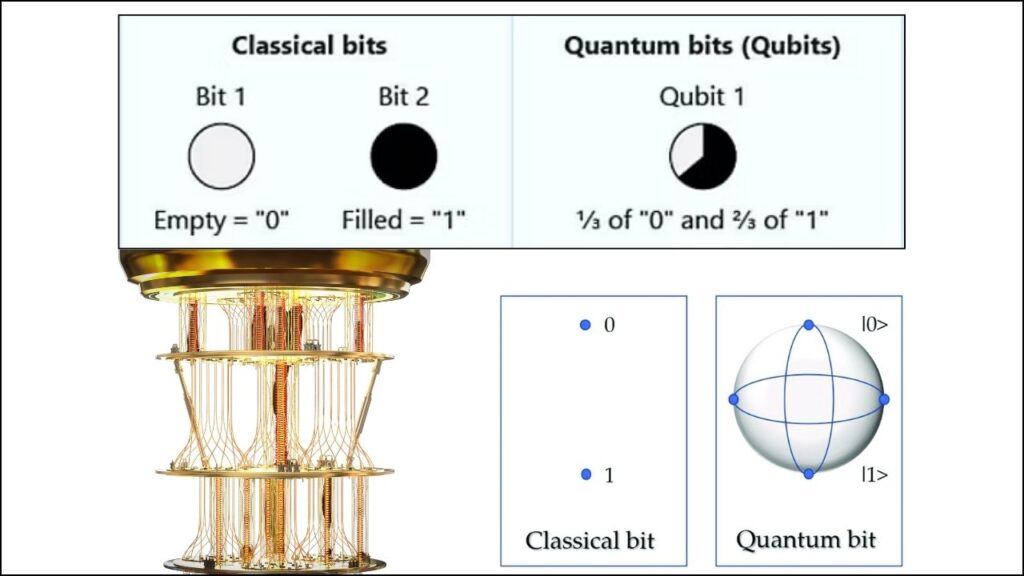
Qubits can exist in multiple states at once thanks to the principle of superposition. This makes them powerful, but also fragile.
The problem? Qubits lose their quantum state extremely quickly. This is called decoherence. Imagine trying to balance a spinning coin on its edge—it doesn’t take much for it to fall. That’s how delicate quantum states are.
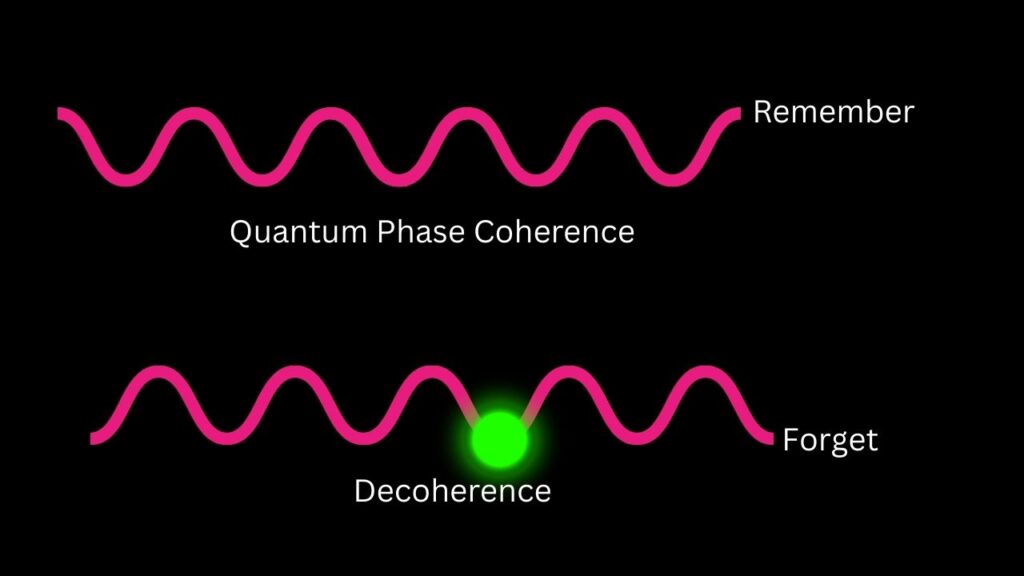
Superconducting qubits, used by companies like Google and IBM, typically hold quantum information for just a few microseconds. For quantum computers to be useful in solving real-world problems—like drug discovery, climate modeling, or encryption—we need memory systems that last longer.
That’s where sound waves come in.
How Sound Waves Store Quantum Information
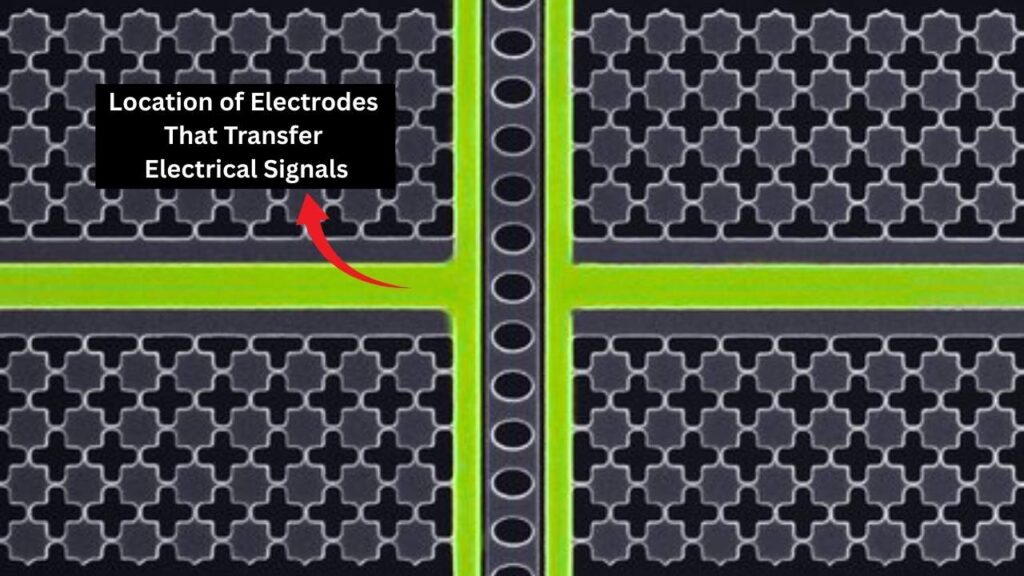
Caltech’s team developed a hybrid quantum memory system. Here’s how it works in simple steps:
- Start with a Superconducting Qubit – This is where quantum information is first created.
- Convert to Sound (Phonons) – Using a tiny mechanical oscillator (like a microscopic tuning fork), the quantum state is transferred into vibrations—phonons.
- Store in Oscillator – Because sound waves move slower and stay contained, they preserve the information far longer.
- Retrieve When Needed – The phonon state can be converted back into a qubit for use in computations.
This approach allowed scientists to keep quantum states stable for up to 30 times longer compared to traditional methods (Innovation News Network).
Why Sound Is Better Than Light for Memory
You might wonder—why not use light (photons) instead of sound? After all, photons are the backbone of the internet.
The problem is photons move too fast and can easily escape the system. Sound, on the other hand:
- Moves slower, giving more control.
- Stays confined, meaning less information is lost.
- Takes less space, allowing for multiple oscillators on a single chip.
This makes sound an excellent candidate for compact and scalable quantum memory.
Real-World Applications
If researchers can make this technology practical, it could impact several industries:
- Secure Communication: Longer-lasting quantum memory means stronger quantum encryption systems for banking and defense.
- Drug Development: Quantum simulations could model molecular interactions more efficiently, speeding up medicine discovery.
- Artificial Intelligence: Quantum-enhanced machine learning could solve problems classical computers can’t handle.
- Climate Science: With more reliable qubits, researchers could simulate complex climate models for better predictions.
Challenges Still Ahead
As promising as this discovery is, it’s not perfect yet. Researchers note that:
- Transfer rates must be 3–10x faster before the system is practical (Quantum Computing Report).
- Engineering challenges remain in integrating these oscillators into larger quantum systems.
- Competing approaches—like trapped ions or photonic quantum computing—are also advancing quickly.
Still, this breakthrough adds a valuable tool to the race for practical quantum computers.
A Step-by-Step Guide: How Sound-Based Quantum Memory Works
Let’s break it down into an easy-to-follow guide:
Step 1: Quantum State Creation
A superconducting qubit is prepared with quantum information.
Step 2: Conversion to Phonons
Special transducers convert this information into sound waves inside a mechanical oscillator.
Step 3: Storage Phase
The phonons stay confined inside the oscillator, preserving the information.
Step 4: Retrieval
When needed, the phonons are reconverted into electrical signals, bringing the quantum state back.
Step 5: Use in Computation
The restored quantum state can then be used for calculations.
This cycle could one day form the backbone of reliable quantum memory chips.
The Bigger Picture: Quantum Acoustics
This breakthrough is part of a growing field called quantum acoustics. Scientists are already experimenting with:
- Entangling sound waves to test quantum mechanics at larger scales (UChicago News).
- Acoustic metamaterials that mimic logic gates.
- Quantum superposition in crystals using phonons (Wired).
This means sound isn’t just a memory tool—it could also help in building entirely new kinds of quantum processors.
Bitcoin’s Future at Risk as Quantum Computing Threatens Blockchain Security
Oxford’s 1-in-6.7 Million Qubit Leap Could Redefine the Future of Quantum Computing
Randomness Unlocked as the Secret Fuel Behind Quantum Computing Power
FAQs About Sound Waves May Hold the Key to Practical Quantum Computers
Q1: Why is quantum memory so important?
Because without stable memory, quantum computers can’t perform long calculations. Memory acts like the RAM in your laptop—essential for real work.
Q2: Can sound waves really outperform photons?
In certain cases, yes. While photons are excellent for transmitting information across long distances (like the internet), phonons are better for storing information in small, confined spaces.
Q3: When will we see sound-based quantum computers?
It’s still in the research phase. Experts suggest it may take 5–10 years before such systems are commercially viable.
Q4: Are there other memory solutions in quantum computing?
Yes—trapped ions, nitrogen-vacancy centers in diamonds, and photonic memories are all being explored.
Q5: What does this mean for my career or business?
If you work in finance, healthcare, cybersecurity, or AI, staying updated on quantum developments will be crucial. Early adoption of quantum technologies could offer a major competitive edge.
